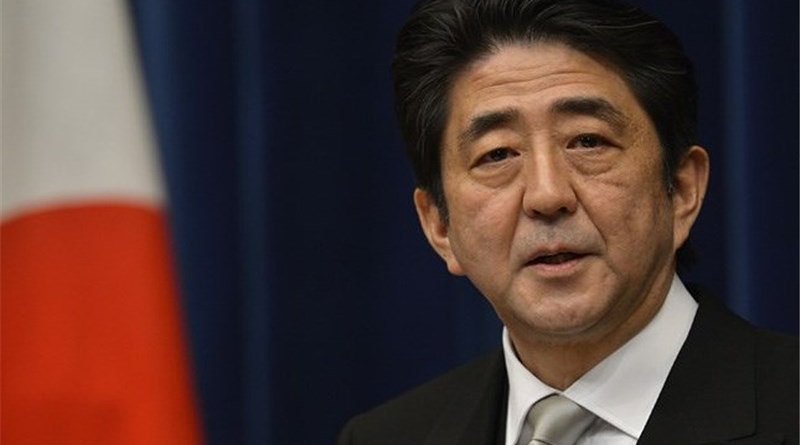Japan is grappling with a labor shortage due to low birth rates and an aging population, prompting recent governments to bring in more foreign workers. Under the leadership of the late Prime Minister Shinzo Abe, significant immigration reforms were introduced between 2012 and 2020, aiming to alleviate these challenges by increasing the foreign workforce. However, despite these efforts, the government has continued to uphold the long-standing status quo of not having a formal immigration policy, mainly to balance business interests and nationalist sentiments.
Despite these limitations, Abe’s tenure saw a notable increase in Japan’s foreign population, driven by the expanded use of activity-based visas, which restrict workers to specific sectors. Although new activity-based visas, such as Specified Skilled Worker (SSW) and Highly Skilled Professional (HSP), offer some benefits like the possibility of permanent residency, most foreign workers still come through restrictive visas as technical interns or working students. Overall, Japan’s immigration system continues to rely on the old “side-door” pathways from the 1990s to admit foreign workers, especially those who are low-skilled.
See the full story:
Opening Borders for Workers: Abe’s Profound Influence on Japan’s Immigration Regime
